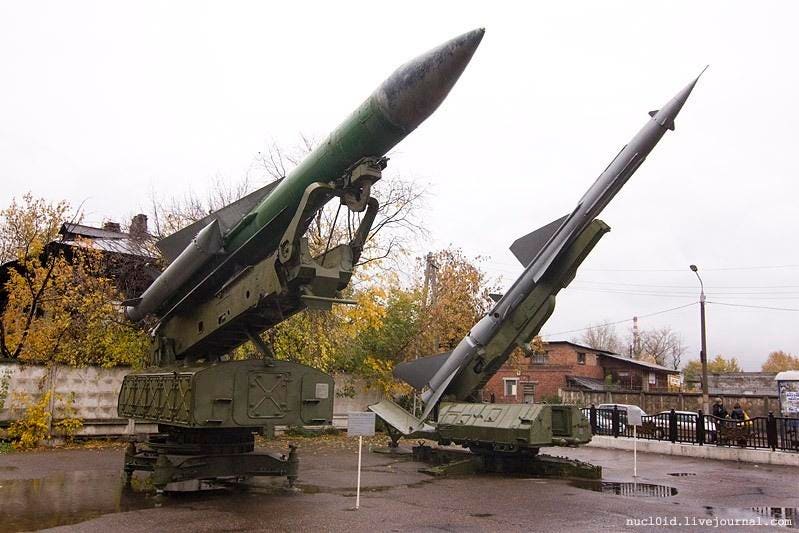It’s no secret the Ukrainian air force has converted some of its huge, 1960s-vintage S-200 surface-to-air missile systems into ground-attack weapons.
What is a secret is how the Ukrainians transformed the S-200’s eight-ton 5V28 boost-glide rocket—which the Soviet Union’s KB-1 munitions bureau designed to shoot down American nuclear-armed bombers—into Ukraine’s most powerful deep-strike weapon.
But one missile expert has a theory. Trent Telenko, a former quality auditor with the U.S. Defense Contract Management Agency, is highly familiar with the S-200, its 5Vs8 missile and the SAM system’s subsystems.
Telenko theorized that maybe Ukrainian technicians replaced the 5Vs8’s nose-mounted radar with a new seeker—perhaps the radar from the new Grom-2 surface-to-surface missile.
The Grom-2, which Ukrainian firm KB Pivdenne has been developing as a replacement for Ukraine’s existing Tochka-U ballistic missiles, is a single-stage, solid-fueled rocket with a 310-mile range and a scene-matching millimeter-wave radar that should allow the rocket precisely to alter its flight path as it streaks toward its target.
The 5V28 certainly has space for the Grom-2’s compact radar. The 5Vs8 “is a honking big missile with a really heavy and voluminous seeker space,” Telenko wrote on the social-media site formerly known as Twitter. You could add a millimeter-wave radar and also pack in hundreds of pounds of explosives, Telenko pointed out.
With a modern seeker and a heavier warhead, the old 5V28—hundreds of which the Ukrainian air force retired back in 2013—becomes a potent surface-strike weapon. It ranges around 250 miles, if you believe most sources, or 370 miles if you believe panicky Russian propagandists.
In any event, the 5V28 possesses the range to threaten Russian forces across occupied Ukraine as well as deep into Russia proper. On Jul7 28, a Ukrainian 5V28 narrowly missed the Russian bomber base in Tagarong, 20 miles from the border with Ukraine.
Three weeks earlier, a 5V28 blew up an industrial site in Bryansk, in Russia around 110 miles from the Ukrainian border.
And while the Kremlin claimed it has shot down 5V28s—most recently over occupied Crimea on Aug. 12—there are good reasons to be skeptical. The footage the Russians have provided as proof of the intercepts isn’t very convincing.
“The Russians keep claiming 5V28 missile kills but with no claimed intercept footage having the obvious evidence like big brown-black clouds of burned AK27F/TG02 propellant in the sky,” Telenko explained.
It’s not the Russians’ fault, really. Most air-defenses would struggle to hit an incoming 5V28, which at a top speed of Mach 4 can traverse its maximum range in just five minutes.
Even the best U.S. air-defenses have to get a bit lucky to hit a missile traveling that fast. Although, to be fair, the Ukrainian air force successfuly has used its American-made Patriot missiles to intercept Russian Kinzhal missiles, which reportedly travel faster than Mach 5.
Read the full article here





